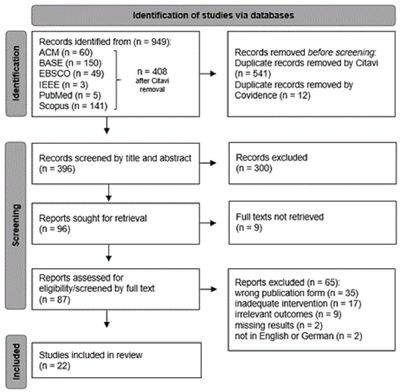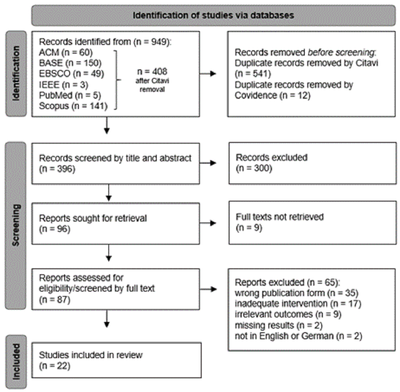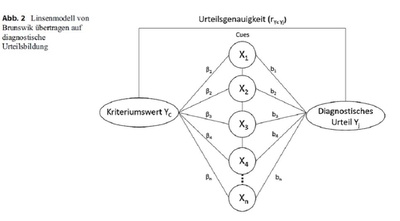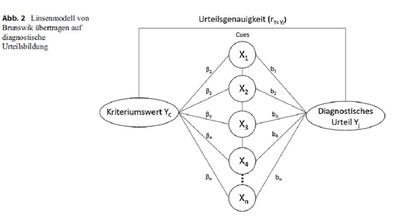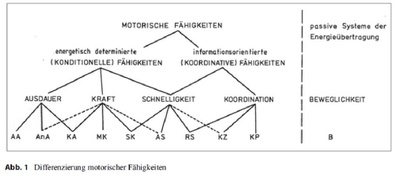
Residual force enhancement in humans: Is there a true non-responder?
10 August 2021
Abstract
When an active muscle is stretched and kept isometrically active, the resulting force is enhanced compared to a purely isometric reference contraction at the same muscle length and activity; a generally accepted muscle property called residual force enhancement (rFE). Interestingly, studies on voluntary muscle action regularly identify a significant number of participants not showing rFE. Therefore, the aim was to unmask possible confounders for this non-responsive behavior. Ten participants performed maximum voluntary isometric plantarflexion contractions with and without preceding stretch. Contractions were accompanied by the assessment of voluntary activation using the twitch-interpolation technique. The same test protocol was repeated four additional times with a least on day rest in-between. Additionally, at the first and fifth sessions, a submaximal tetanic muscle-stimulation condition was added. At both muscle-stimulation sessions mean rFE higher 10% (p < 0.028) was found. In contrast, during voluntary muscle action, individual participants showed inconsistent rFE across sessions and only one session (#3) had significant rFE (5%; p = 0.023) in group means. As all participants clearly had rFE in electrical stimulation conditions, structural deficits cannot explain the missing rFE in voluntary muscle action. However, we also did not find variability in voluntary activation levels or muscle activity as the confounding characteristics of “non-responders.”
